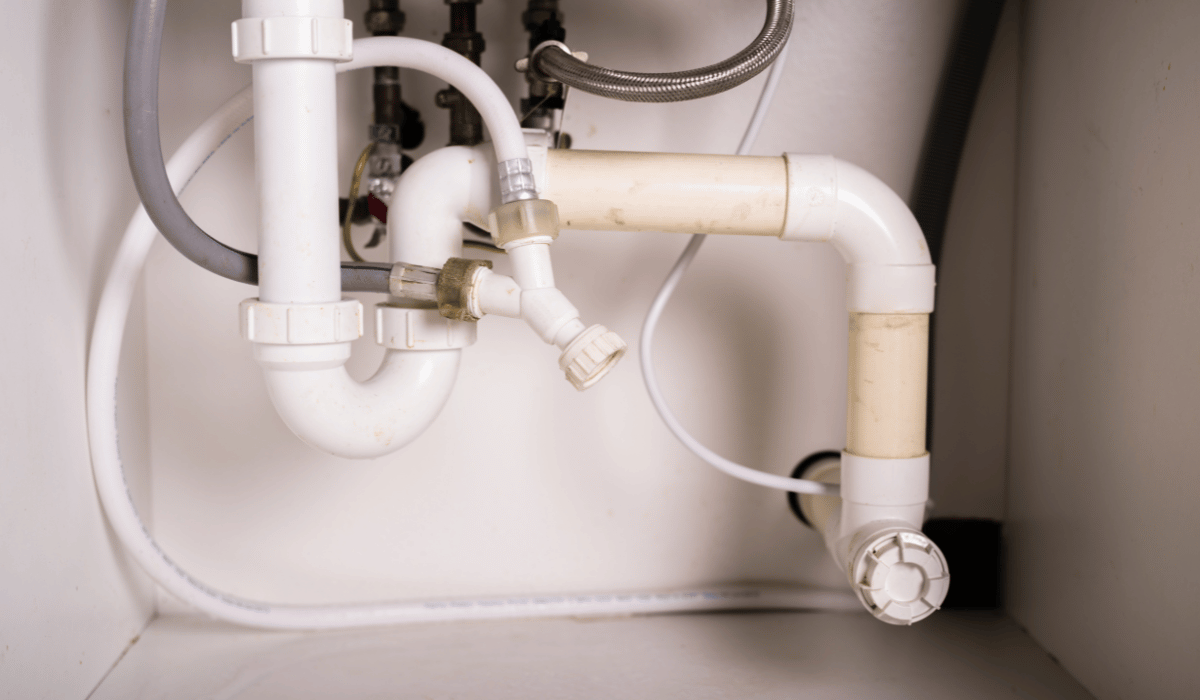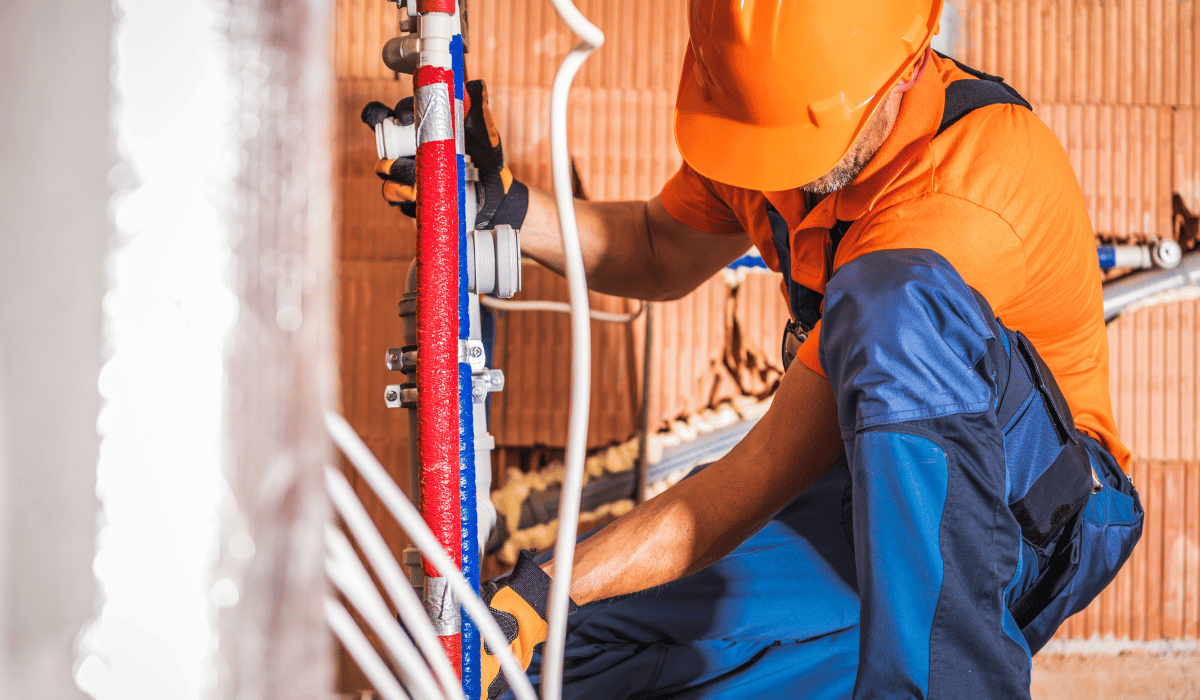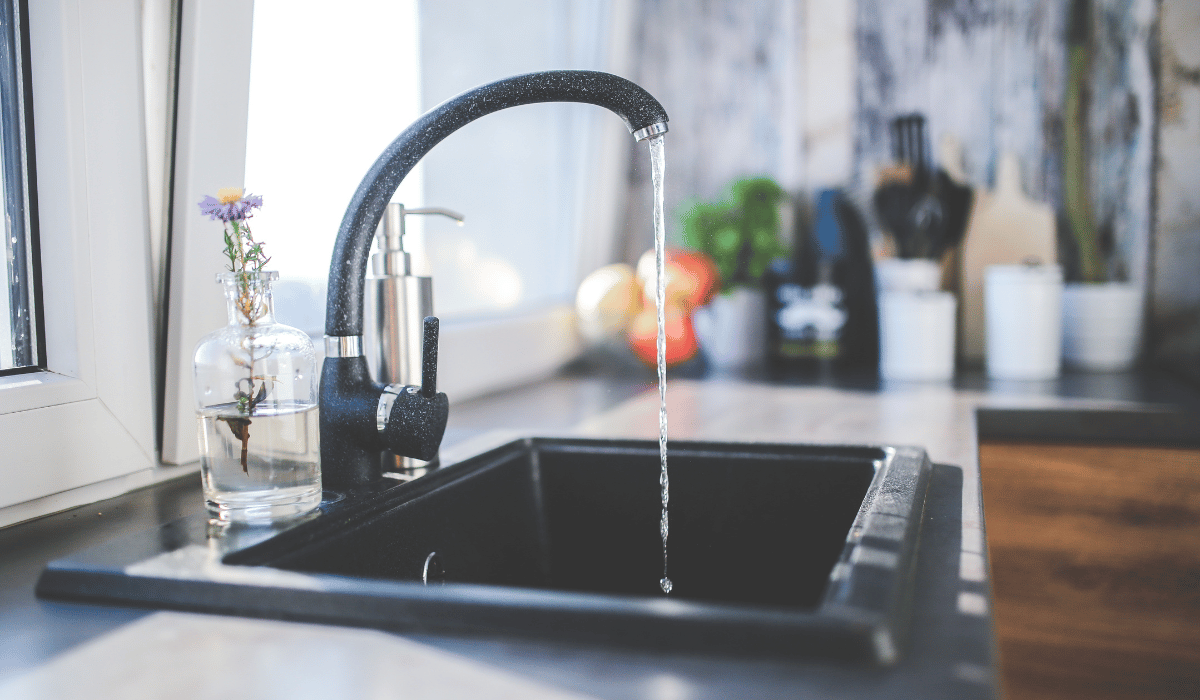Backflow is a serious issue that can contaminate your water supply. It occurs when water flows backward through your plumbing system, potentially introducing harmful substances into your drinking water. To protect your family and home, understanding backflow prevention and regular testing is crucial.
What is Backflow?

Backflow happens when the normal flow of water is reversed. This can occur in two primary ways:
- Back siphonage: This happens when a strong vacuum is created in the water supply, pulling in contaminated water from an external source.
- Backpressure: This occurs when the pressure in a water system is higher than the pressure in the public water supply, forcing water to flow backward.
These conditions can arise from various sources like fire hydrant use, irrigation systems, or equipment malfunctions. When backflow happens, contaminants such as chemicals, sewage, or bacteria can enter your drinking water.
Why is Backflow Testing Important?
Protecting your health and property is paramount. Backflow contamination poses severe health risks, including gastrointestinal illnesses, skin infections, and respiratory problems. Additionally, contaminated water can damage your plumbing system, appliances, and household items.
Beyond health concerns, backflow prevention is often a legal requirement. Local municipalities enforce regulations to safeguard public water supplies. Failing to comply with backflow testing can result in hefty fines.
The Backflow Prevention System

To prevent backflow, a backflow prevention device is installed. These devices act as a barrier, stopping the reverse flow of water. Common types include:
- Pressure reducing valves: These regulate water pressure to prevent excessive force that could cause backflow.
- Backflow preventers: These devices have internal components that block the reverse flow of water.
Regular inspection and maintenance of these devices are essential to ensure their proper functioning.
The Backflow Testing Process
Backflow testing is a procedure conducted by a certified professional to verify the effectiveness of your backflow prevention device. During the test, the device undergoes specific conditions to simulate potential backflow scenarios.
The frequency of testing varies depending on local regulations and the type of device. It’s crucial to adhere to the testing schedule to maintain compliance and protect your water supply.
Conclusion
Backflow testing is not just a requirement but a vital step in safeguarding your family’s health and protecting your property. By understanding the risks of backflow and the importance of regular testing, you can take proactive measures to ensure the quality of your water.
Don’t gamble with your water safety. Contact Perfect Price Plumbing for reliable and professional backflow testing services. Our certified technicians will assess your system, conduct the necessary tests, and provide you with peace of mind.

